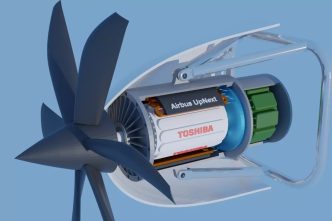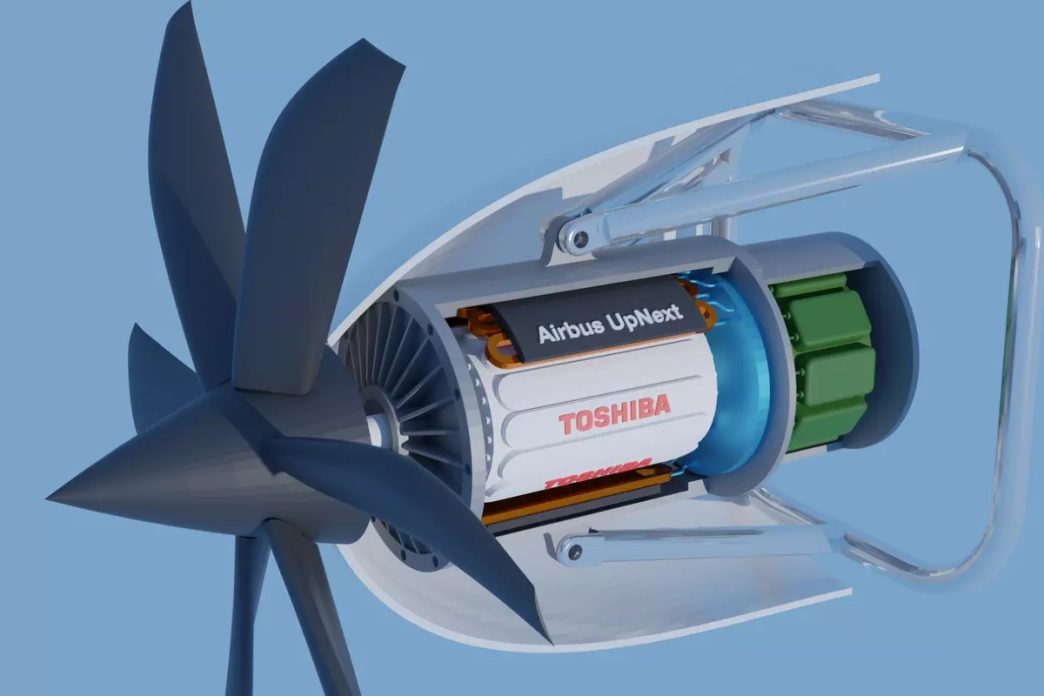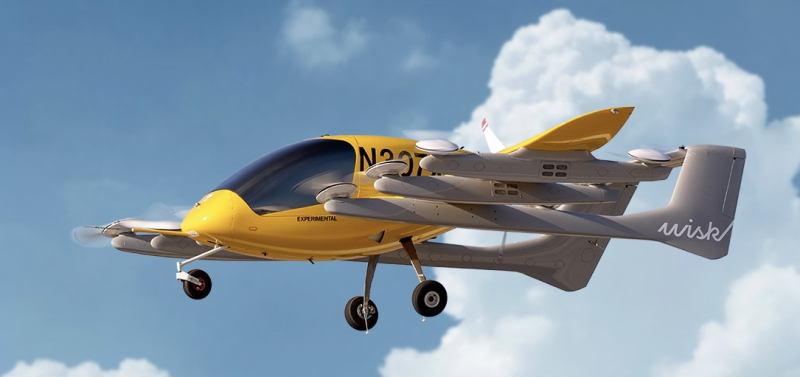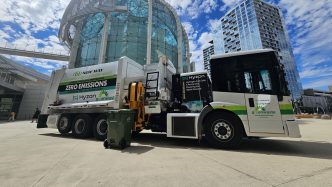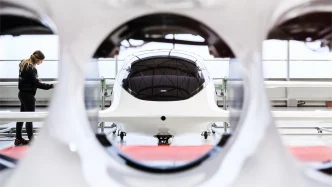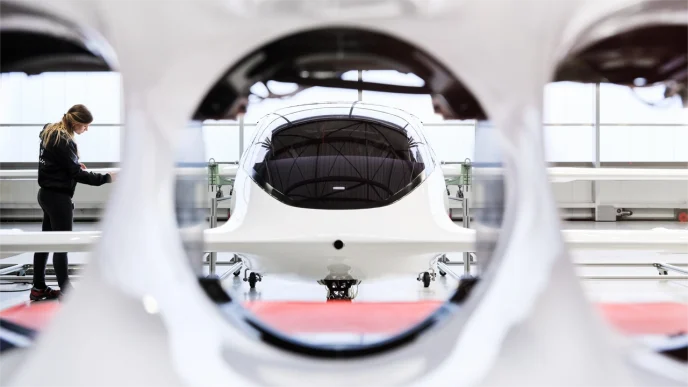Airbus and Toshiba have announced a new partnership to develop superconducting technologies aimed at enhancing the performance of hydrogen-powered aircraft. The collaboration will focus on creating a superconducting motor with two megawatts of power, utilizing liquid hydrogen as both fuel and a cooling mechanism.
The partnership will see Airbus UpNext, a wholly-owned subsidiary of Airbus, join forces with Toshiba Energy Systems & Solutions Corporation, the energy division of Toshiba Group. The goal is to leverage superconducting technologies, which allow electricity to flow with minimal resistance at extremely low temperatures, improving the energy efficiency of electric systems in hydrogen-powered planes. This approach could revolutionize aircraft design by enabling nearly lossless power transmission.
“Through this collaboration, we aim to deliver breakthrough technology that could unlock new design possibilities, particularly for Airbus’ future hydrogen-powered aircraft,” said Grzegorz Ombach, Airbus Senior Vice President. Toshiba’s Tsutomu Takeuchi echoed the sentiment, emphasizing the potential of superconducting technologies to decarbonize aviation.
Airbus has been exploring superconducting technologies for a decade, while Toshiba has over 50 years of experience in the field, including the development of a two-megawatt superconducting motor for mobility applications in 2022. The collaboration is seen as a significant step towards making hydrogen-powered, energy-efficient aviation a reality.

